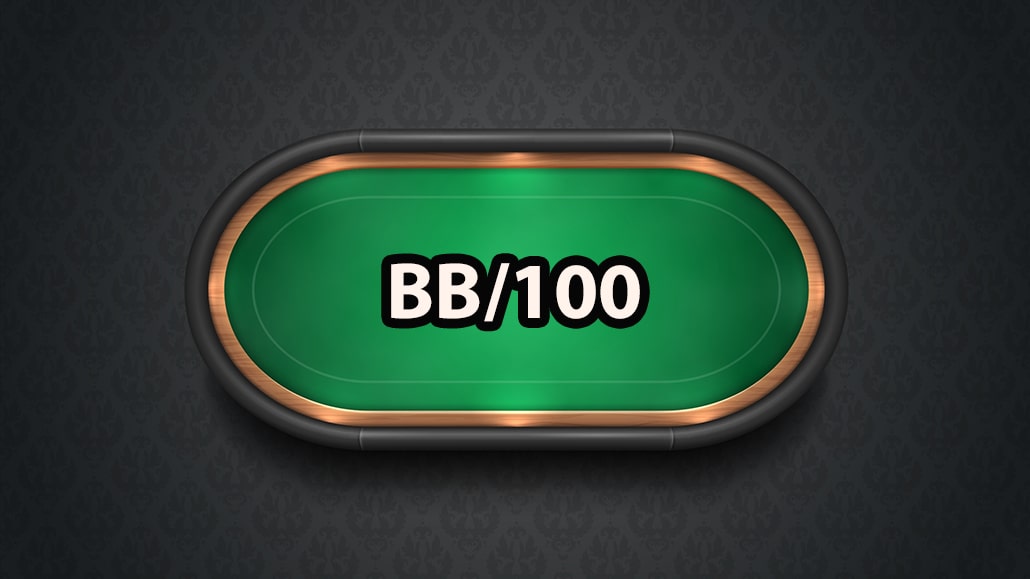What Is bb/100 in poker?

In poker, bb/100 is a metric used to measure a player's win rate in cash games. It represents the number of big blinds a player wins or loses per 100 hands played.
The bb/100 metric is one of the best indicators of a player's win rate in cash games because it considers the amount of money won or lost relative to the number of hands played. This means that it accurately represents a player's skill level and profitability over time.
For example, if a player has a win rate of 8bb/100, it means they are winning an average of 8 big blinds for every 100 hands played. If they play 1000 hands in a session, their expected profit would be 80 big blinds.
Using the bb/100 metric allows players to compare their win rates to other players and track their own progress over time. Poker software can help you with this.
Overall, the bb/100 metric is a useful tool for evaluating a player's profitability in cash games and can provide valuable insights into their overall skill level and potential for long-term success.
Poker bb/100 Example:
If you win 5 big blinds per every 100 hands you play in Texas Hold’em $1/$2 cash game, you have a 5 bb/100 win rate.
It is important to note that your bb/100 will vary in different types of games and on different stakes, so while you have 5 bb/100 in a $1/$2 game, you might only be able to reach 2 bb/100 in $2/$4 cash game over the long run.
ONLINE POKER:
RESOURCES:







